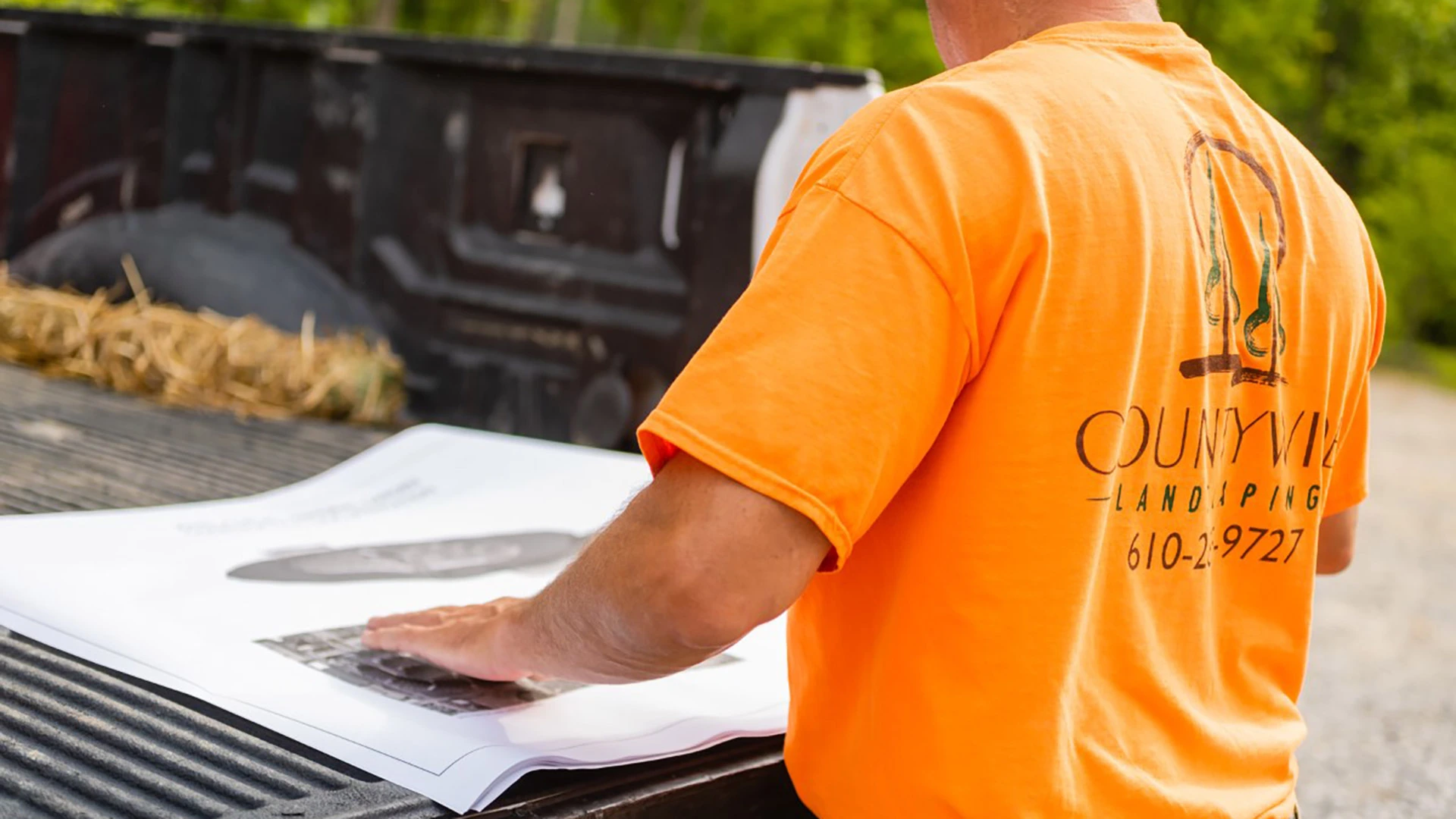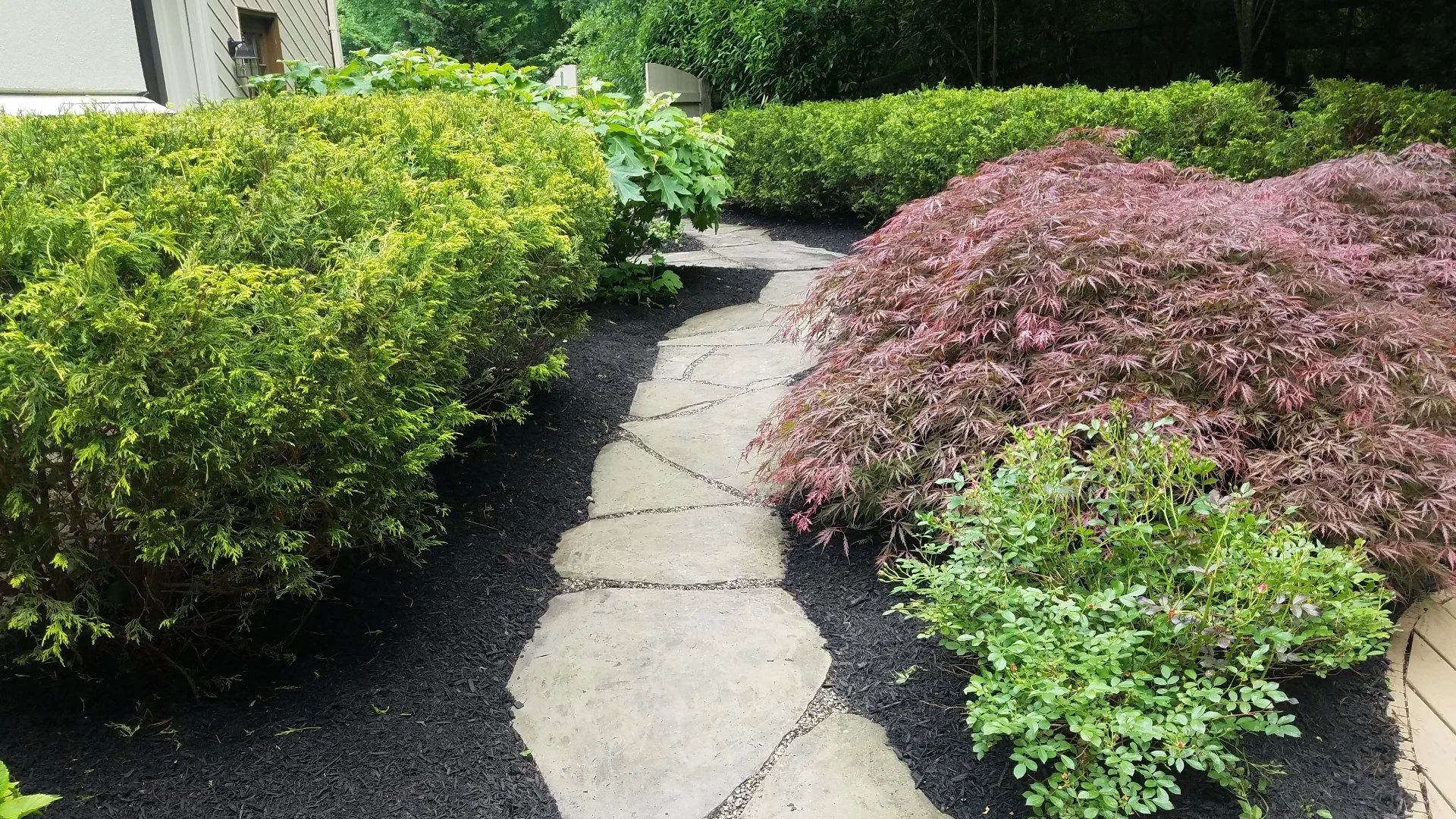Your trees and shrubs in Pennsylvania add unique charm and character to your property. To keep them looking lush and vibrant, they need to receive regular fertilizer treatments. Fertilizers are packed with vital nutrients that your plants will need to grow strong and healthy, keeping them resilient to environmental challenges and maintaining their lush growth. There are two ways that you can fertilize your plants: by applying granular treatments around the drip lines of your plants or by using soil injections. In addition to giving your plants fertilizer treatments, you should also consider investing in tree and shrub disease and insect control treatments to help keep them protected from these stressors throughout the year.
Fertilizers provide your trees and shrubs with the nutrients they need to thrive.

Your trees and shrubs are some of the most beautiful features on your property, but they need to be fertilized if you want them to reach their full potential. That's because fertilizers are packed with nutrients that your plants will need to grow strong and healthy. Some of the nutrients that fertilizers provide include:
- Nitrogen: This nutrient helps your plants to grow lush, green foliage and is a key component of chlorophyll production, which they need for photosynthesis. It also aids in the rapid growth of your trees and shrubs and bolsters their overall vitality.
- Phosphorus: This nutrient helps your plants develop a strong root system, encourages the production of flowers and fruits, and improves their vigor. It plays a crucial role in energy transfer within your plants.
- Potassium: This nutrient strengthens the cell walls of your plants to enable them to withstand stressors, such as drought, disease, and insect infestations. Potassium is also important in regulating the water intake of your trees and shrubs.
How should you fertilize your trees and shrubs?
There are two ways that you can fertilize your trees and shrubs: by applying granular fertilizers around the drip lines of your plants or by using soil injections. Both methods are effective, so it's up to you to decide which one you want to go with. Granular fertilizers are slow-release, meaning they will provide your plants with nutrients over an extended period of time. This means that your trees and shrubs will have a steady supply of nutrients to draw from throughout the growing season.
Soil injections, on the other hand, are injected directly into the soil around your plants' roots. This method provides your plants with a quick boost of nutrients that they can use right away. Injecting fertilizer treatments is highly beneficial if your plants need an immediate supply of vital resources when they are struggling.
You should also invest in tree and shrub disease and insect control treatments.
While fertilizing your trees and shrubs is an important part of keeping them healthy, it's not the only thing you need to do. You should also invest in tree and shrub disease and insect control treatments to help keep your plants protected from these stressors throughout the year. If your plants are suffering from a fungal disease or a pest infestation, curative treatments are the best way to eliminate the issue and stop it from causing further damage to your plants.
Call us today to enroll in our tree and shrub care program!
At Countywide Landscape, we offer a tree and shrub care service that includes fertilizer treatments during the year to boost the health of your plants. This service also involves curative treatments that are designed to effectively eliminate a fungal disease or an insect infestation from your plants. We offer this service to residential and commercial property owners, as well as HOAs, in West Chester, Downingtown, Exton, and other nearby areas in Pennsylvania. Call us today at (610) 285-9727 to schedule this program!




Comments (0)
Thanks for your comment!
Thanks for your feedback! Your comments have been successfully submitted! Please note, all comments require admin approval prior to display.
Error submitting comment!
There is a problem with your comment, please see below and try again.